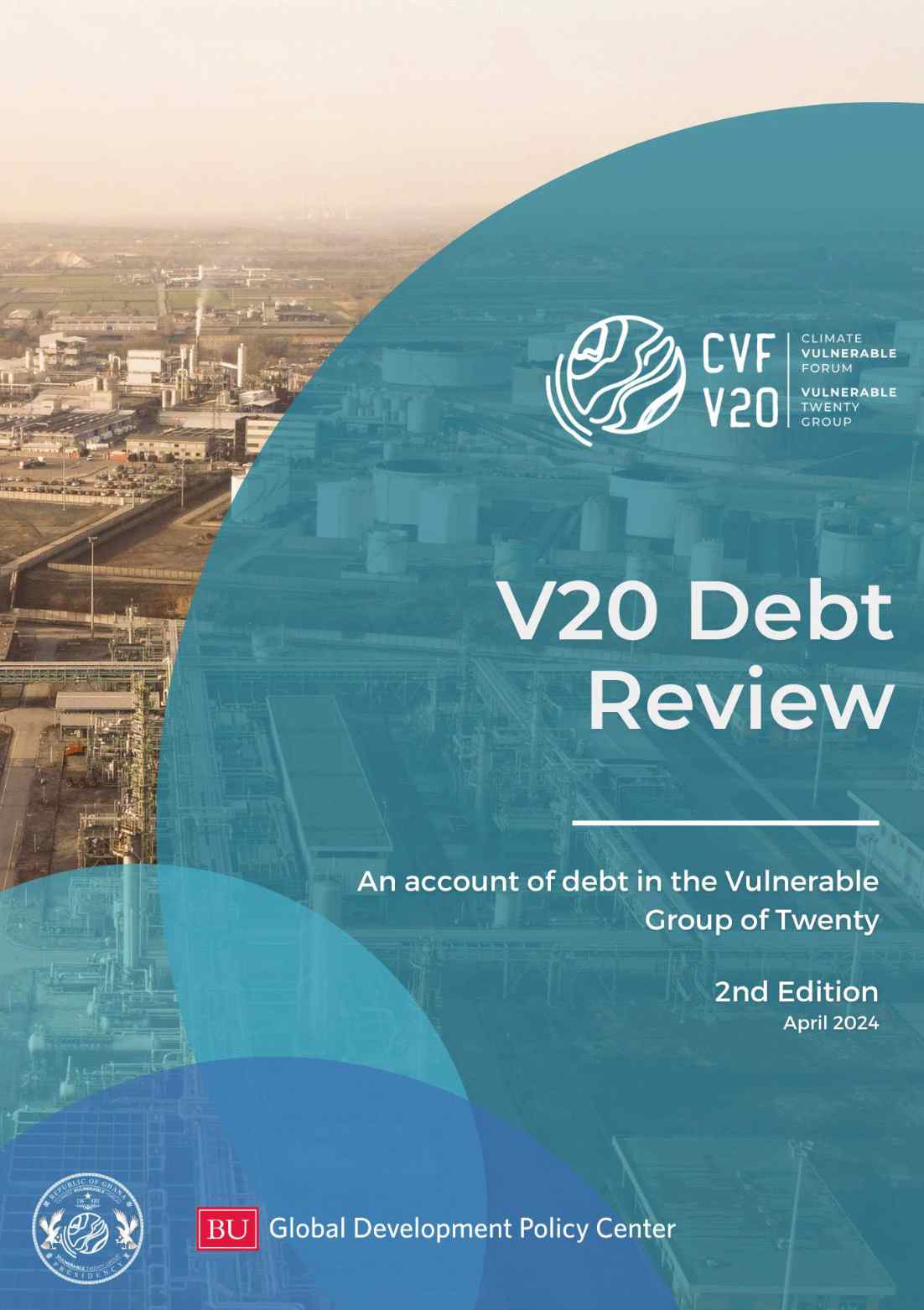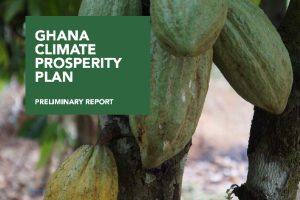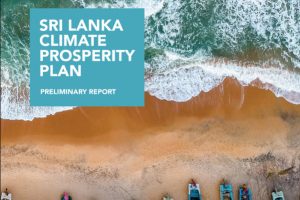V20 Debt Review (2nd Edition): An account of debt in the Vulnerable Group of Twenty
Key takeaways
• The V20’s total external public and publicly guaranteed debt amounts to $946.7 billion.
• External debt servicing is expected to escalate to $122.1 billion in 2024. V20 members are expected to pay $904.7 billion in debt service over 2022-2030.
• Eight countries spend more than 20 percent of their tax revenue servicing external debt.
• Based on the data available, only Costa Rica, Côte d’Ivoire, the Philippines, and Viet Nam, are estimated to be able to borrow from international capital markets on a sustainable basis, defined as economic growth rates exceeding borrowing costs. Other 18 countries have unsustainable borrowing costs in international capital market and would face unsustainable debt levels if they borrowed on those terms.
• High levels of external sovereign debt across the group are directly crowding out the ability of these governments to make the investments that are required to achieve climate change and development goals.
Key Recommendations
The V20’s debt profile Illustrates the need for a multi-pronged approach to tackling sovereign debt distress.
• First, debt solutions need comprehensive participation. The prominence of private bondholders and multilateral development banks as creditors indicates the importance of ensuring that debt restructuring efforts obtain their participation through appropriate incentives. Without the full engagement of all creditors, debt problems will neither be effective nor lasting.
• Second, debt solutions have to be ambitious. Debt relief should free up fiscal space so that countries can make the investments that they need to achieve their development and climate change goals. This will enable countries to focus on growth-enhancing investments. Relatedly, given the market access constraints and high cost of borrowing, finance must be affordable. Low-cost, long-term finance will be key.
• Finally, speed is of the essence. Debt solutions need to be rapidly deployed. The debt crisis is a development and climate crisis. Ambitious action is needed immediately so that countries can be on the path to climate prosperity. The sovereign debt architecture needs to be reformed so that countries have the fiscal space necessary to undertake climate and development investments. Second, capital market access constraints and the high cost of capital underscore the importance of concessional finance and credit enhancement.






